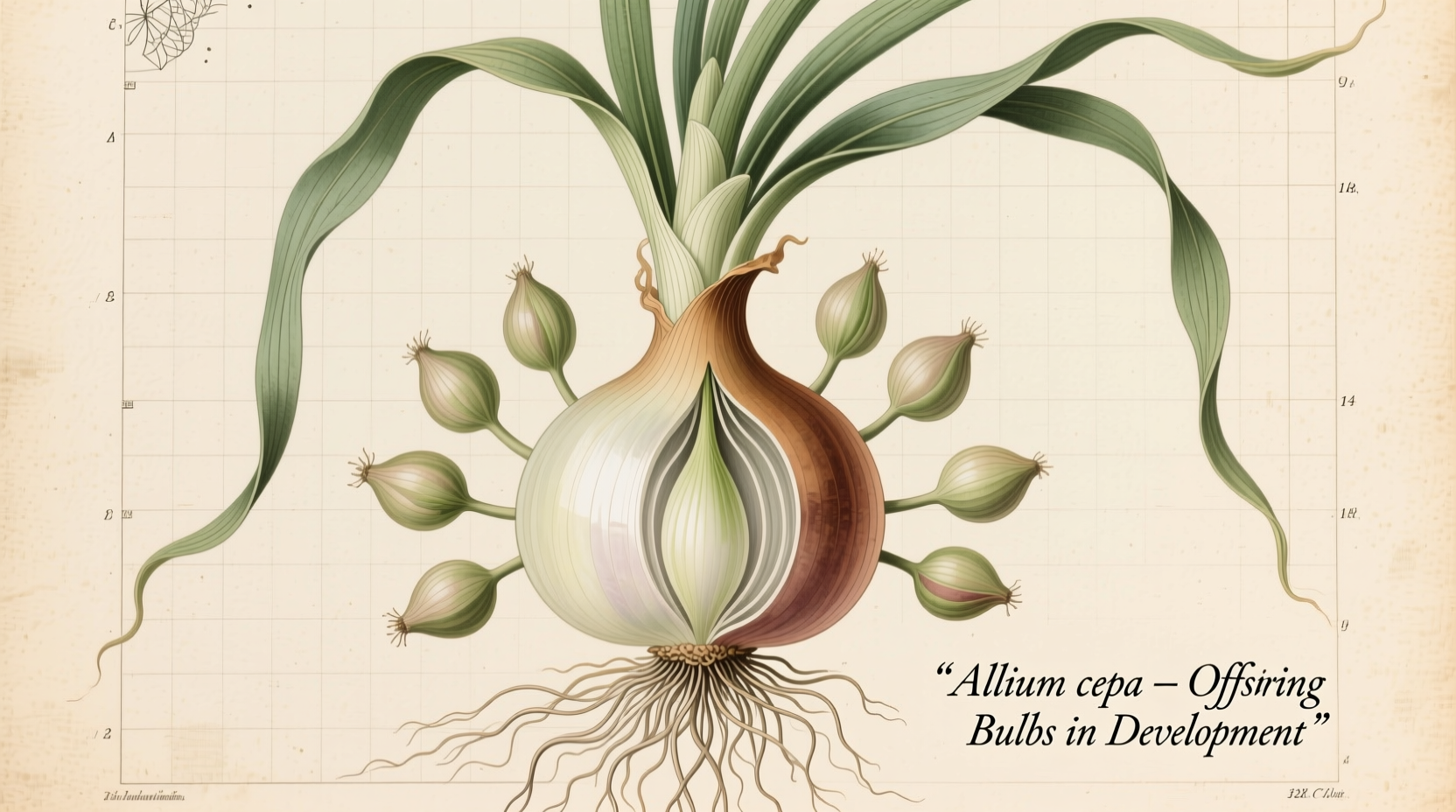The term "pregnant onion" refers to Ornithogalum longibracteatum, an ornamental succulent plant—not an edible onion variety. This visually striking plant gets its name from the numerous bulb offsets it produces, resembling a "pregnant" appearance. Crucially, it is not safe for consumption and belongs to the asparagus family, not the allium family like culinary onions.
When you search for "pregnant onion," you're likely encountering one of two scenarios: either confusion with actual edible onions, or interest in the unique ornamental plant known by this colloquial name. Let's clarify exactly what a pregnant onion is, why it's called that, and how to properly care for this fascinating houseplant.
What Exactly Is a Pregnant Onion?
The pregnant onion (Ornithogalum longibracteatum, formerly classified as Ornithogalum caudatum) is a bulbous succulent native to South Africa. Despite its misleading common name, it's not related to the culinary onions (genus Allium) that we use in cooking. This plant belongs to the asparagus family (Asparagaceae) and is prized for its distinctive appearance and easy care requirements.
The plant features a large, exposed bulb that sits partially above the soil line. From this main bulb, numerous smaller bulb offsets develop around the base, creating the visual effect of the plant being "pregnant" with little onions—hence the common name.

Why Is It Called "Pregnant" Onion?
The "pregnant" descriptor comes from the plant's unique growth habit. As the plant matures, it produces multiple offsets or "pups" that grow around the base of the main bulb, protruding through the papery outer layers. These offsets resemble tiny onions "growing" from the mother bulb, creating the visual impression of pregnancy.
This propagation method is the plant's natural way of reproducing. The offsets can be carefully removed and planted to create new plants—a process we'll detail later in this guide.
Is the Pregnant Onion Actually Edible?
No, the pregnant onion is not edible and should never be consumed. Despite its name and visual similarity to culinary onions, Ornithogalum longibracteatum contains toxic compounds that can cause serious health issues if ingested.
According to the North Carolina State University Extension, plants in the Ornithogalum genus contain cardiac glycosides which can cause nausea, vomiting, and in severe cases, heart complications.
| Feature | Pregnant Onion (Ornithogalum) | Edible Onion (Allium) |
|---|---|---|
| Botanical Family | Asparagaceae | Amaryllidaceae |
| Edibility | Toxic - NOT edible | Safe for consumption |
| Bulb Position | Mostly above soil | Below soil |
| Offset Production | Visible "pups" around main bulb | Offsets form below soil |
| Leaf Structure | Thick, fleshy, curved leaves | Hollow, cylindrical leaves |
Caring for Your Pregnant Onion Plant
One reason the pregnant onion has gained popularity as a houseplant is its remarkable ease of care. Here's what you need to know to keep your plant healthy:
Light Requirements
Pregnant onions thrive in bright, indirect light. They can tolerate some direct morning sun but should be protected from intense afternoon sun which can scorch their leaves. An east- or west-facing windowsill typically provides ideal lighting conditions.
Watering Needs
As a succulent, the pregnant onion stores water in its bulb and leaves, making it drought-tolerant. Water thoroughly when the top inch of soil feels dry, then allow excess water to drain completely. During winter dormancy, reduce watering to once a month.
Overwatering is the most common cause of problems with this plant. The Royal Horticultural Society notes that "soggy soil leads to bulb rot, the primary threat to Ornithogalum species in cultivation."
Soil and Potting
Use a well-draining cactus or succulent mix. The bulb should sit partially above the soil line—about one-third to one-half of the bulb should remain exposed. This mimics its natural growing conditions and prevents rot.
When potting, choose a container with drainage holes and use a shallow pot, as the plant has a relatively small root system. Repot only when the bulb becomes crowded or the offsets need space.
Propagation: Understanding the "Pregnancy" Process
The pregnant onion earns its name through its unique propagation method. Here's what happens:
- The mature bulb produces offsets or "pups" around its base
- These offsets grow while still attached to the mother bulb
- As they develop, they become visible through the papery outer layers of the main bulb
- Eventually, the offsets can be carefully removed and planted
According to research from the University of California Master Gardeners, "Ornithogalum species propagate most successfully when offsets have developed their own root systems while still attached to the parent plant."
How to Propagate Pregnant Onion
Propagation is simple:
- Wait until offsets are at least one-third the size of the mother bulb
- Carefully separate the offset, ensuring it has some roots attached
- Allow the cut surface to dry for 1-2 days
- Plant in well-draining soil with the base of the bulb just below the soil surface
- Water sparingly until new growth appears
Common Problems and Solutions
While generally trouble-free, pregnant onions can experience a few issues:
Yellowing Leaves
Cause: Overwatering or poor drainage
Solution: Reduce watering frequency and ensure proper drainage. If severe, repot in fresh, dry succulent mix.
Soft, Mushy Bulb
Cause: Bulb rot from excessive moisture
Solution: Remove affected parts, let the plant dry completely, and repot in dry soil. Unfortunately, advanced rot is often fatal.
Stunted Growth
Cause: Insufficient light or nutrients
Solution: Move to a brighter location and consider a light application of balanced fertilizer during the growing season (spring-summer).
Interesting Facts About Pregnant Onion
- The pregnant onion is sometimes called the "sea onion" due to its bulb's resemblance to certain marine organisms
- In its native South Africa, it grows in rocky outcrops where water is scarce
- The plant can live for decades with proper care, continuously producing new offsets
- Despite its toxicity, some traditional medicine practices have used Ornithogalum species—with significant risk











 浙公网安备
33010002000092号
浙公网安备
33010002000092号 浙B2-20120091-4
浙B2-20120091-4